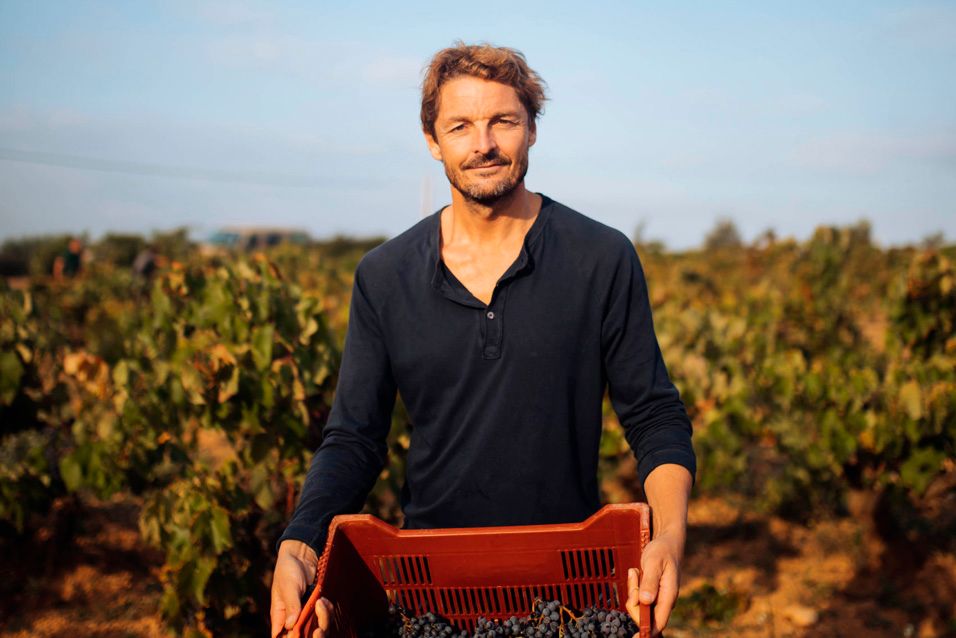After breaking away from the Cava DO in 2012 (a DO his own family helped create), he has become an outspoken advocate for quality Catalan still and sparkling wine and championing the potential of indigenous varieties Xarel.lo and Sumoll. His story spans multiple generations, hundreds of years and no shortage of roadblocks, ultimately culminating in some of the most exciting wines being made in Spain today.
While Pepe was in London for the 2024 Viñateros tasting, we sat down with him to delve deeper into his approach and learn more about his key projects: Raventós i Blanc, Vins Pepe Raventós, and Can Sumoi.
For more information about purchasing any of Pepe Raventós’ wines, please contact your Account Manager. Not yet a customer? Contact Us to discuss opening an account.
Your family estate has a very long and interesting history. Could you explain a bit more about that?
We have original documents from the late 1400s, written in ancient Catalan, showing an inventory of what my family was doing during this period at their farm. This included winemaking, working the soils and farming different animals and crops. Everything you’d expect of a typical Mediterranean farm. And then a few generations later, to cut a long story short, Josep Raventós Fatjó made the first 3000 bottles of Spanish ‘champagne’ with the grape Xarel.lo. This is a very important moment in the history of my family and our farm because he had this vision of the immense potential of Xarel.lo grown in northern Penedès.
You have had a lot of varied experience working outside of Spain, for example, with Hubert Lamy and the late Didier Dageneau. How much of that has influenced how you now work in Penedès?
I think my harvest internships in France were key to developing my passion for terroir. It gave me the understanding that the critical aspect of winemaking (especially when you believe your wines can be very grand and age very well) is first the vineyard, second, the vineyard and third, the vineyard.
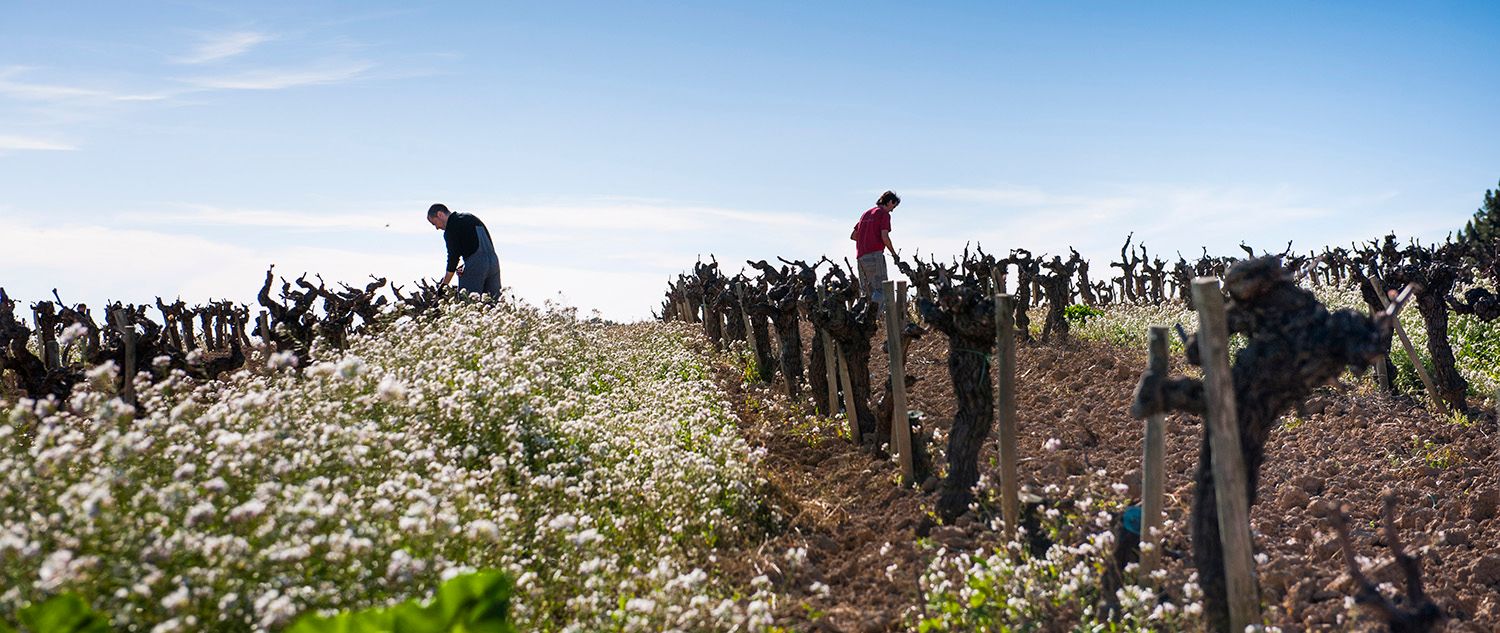
What made you decide to break away from the Cava DO in 2012?
For the last 30 years, Cava has abandoned its understanding of the vineyard. It has become a commodity, an industrialised product that doesn’t interest me and my love of, and passion for, wine.
How have you found it working outside of the DO? Have there been challenges you've had to overcome?
We have to understand that my family originally planted the seeds for establishing the Cava DO, starting in 1870 with Josep Raventós Fatjó, and then, in 1890, his son Manuel identified the trilogy of grapes Xarel.lo, Macabeu and Parelleda for blending. In 1980, my grandfather started the Cava appellation. So, the fact that the same family then decided to declassify from Cava was very controversial inside our territory. I have been seen as a little bit of a black sheep. Not labelling our wine as Cava anymore meant we also lost a lot of listings in the international markets, especially in the Swedish and Canadian monopolies.
Was this something that you thought about for quite a long time, or was there a moment where you decided, right, this has to happen now; we need to stop working with this system?
I had been developing the idea for maybe five years before we left to DO. At that time, we [Pepe and his family] were living in New York City, and that distance made me appreciate the potential of my home territory a lot more. The love for the land grows more when you're far away from it. It's like when you are away studying, for example, it makes you miss your family and your roots and your origins even more.
It also made me realise that outside of Spain, in the international markets, the idea of Cava that my grandfather had envisioned in the late 70s, with this idea of Cava de Finca (an estate where the emphasis is in the vineyards and the soil), it didn’t exist.
Do you feel that you have helped other people break out of the DO? Did you see a lot of people quickly follow suit, or was it a slow process?
I think, to be honest, that it has been a slow process. When we first left in 2012, it could be seen as planting a seed for revolution, but this had been happening already. When the Classic Penedès labelling was created in 2014, this was the result of years of work by people who had not been comfortable with the direction that Cava had taken. And then, when Corpinnat was created in 2018, that was also the result of a lot of years of work and more of this feeling that Cava wasn’t really the way.
How do you see the future of Cava DO panning out? Will it persist or eventually die out in favour of labelling like Classic Penedès and Corpinnat?
One of Cava’s fundamental errors is its geographic dispersion all around Spain, and this is something that my grandfather didn't do well (though it was a mandatory political requirement). This is what caused Cava to be seen as a cheap sparkling wine from Spain.
I think that the difficulty the DO will continue to face is that Freixenet has been extremely harmful by making hundreds of millions of bottles per year, not paying farmers a fair price and constantly lowering the price on the shelves. It has led Cava to a really low point, which saddens me because I think that the original potential of the DO was to create really excellent sparkling wines which show the characteristics of a territory. But I think it's too late for that, so Cava will become a commodity, just a sparkling wine from Spain, and this will open the door for a new appellation in northern Penedès, which gives focus to the valleys, the villages and the vineyards.
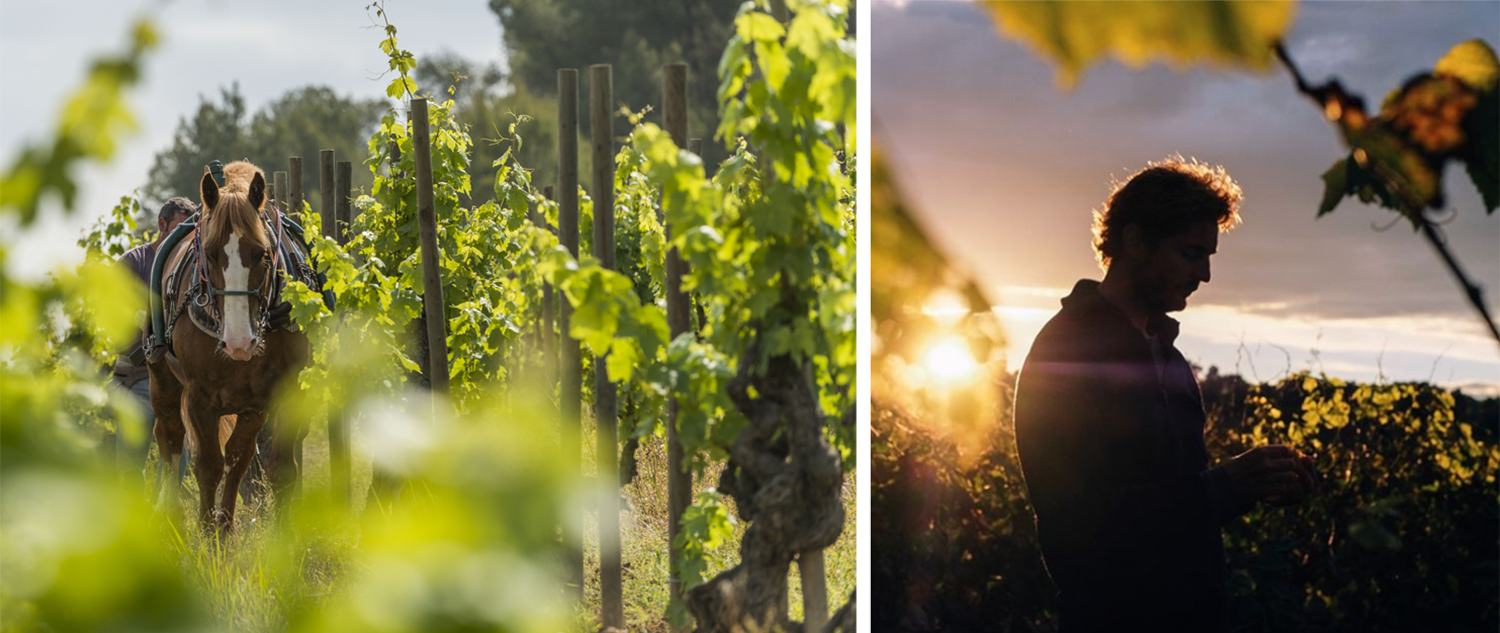
One of the very distinctive things about your wines is that they are very expressive of where they're from. What viticulture and winemaking decisions do you make to ensure this?
You know, we don't do much. We are very fortunate to work in a beautiful territory. I think Northern Penedès is miraculously qualitative because we are on the Mediterranean shores with certain continental influences, which make it super easy to grow all kinds of grapes, vintage after vintage. I have learned in the last 25 years that this is particularly true of Xarel.lo and Sumoll, which are best adapted to the terroir and can provide amazing, amazing juice.
This quality is all linked to the Mediterranean climate, which is a climate in which vineyards, olive trees and almond trees thrive, and there is 5000 years of history to back this up. Then there’s also the fact that when we harvest, we can achieve Burgundy balance, so we're harvesting at 12.513 brix with a pH lower than three. This is only happening in northern Penedès, and that is why, in 1870, Giuseppe Raventós Fatjó was able to realise the incredible potential of Xarel.lo.
Outside of your family winery, you have two other projects, Vin Pepe Raventós and Can Sumoi. Please could you explain a bit more about these?
Raventós i Blanc is our mother project. When I started to work with my father, we were experiencing very difficult economic times, so I started making still wines back then in order to work at full capacity. About 15 years later, we could really go back to the essential part, which is that Raventós i Blanc is meant to make the best possible sparkling wines that speak of northern Penedès. So, we could again focus and make only sparkling wines at Raventós i Blanc.
But this left me in a situation where I needed to find a way to continue making the still wines that I had been falling in love with, which were helping develop something new for the territory. It was in 2016 that Can Sumoi (the home of Sumoi/Sumoll in ancient Catalan) found us.
There was an abandoned farm up in the hills of the poorest, mountainous area of Penedès. I suddenly fell in love with the place, it has an amazing energy. It sits at 600 metres above sea level, and you can see Majorca across the ocean in the mornings during winter when the light is beautiful and clear. And so, we [Pepe and his friend/long-term collaborator Francesc Escala] started to recuperate that farm. It is Can Sumoi that we are putting a lot of effort into now; this is our biggest baby!
Vin Pepe Raventós is a very simple and humble ‘garagiste’, an innovative small project which offers natural wines with zero intervention, no sulphur whatsoever, which I started in 2014 in the garage of our home in the heart of Penedès, Mas del Serral. After our time in America, I came back with a lot of ideas and wanted to understand the limits of Xarel.lo, the limits of Sumoll, the limits of our land, and that's why we said, ‘the cars have to go outside and we're going to use the garage’. It was small and clean, with no yeasts contaminating it, making it perfect for learning about what was in the vineyards.
It was surprising to see what Xarel.lo could achieve when made with precision but without intervention. It’s incredible.
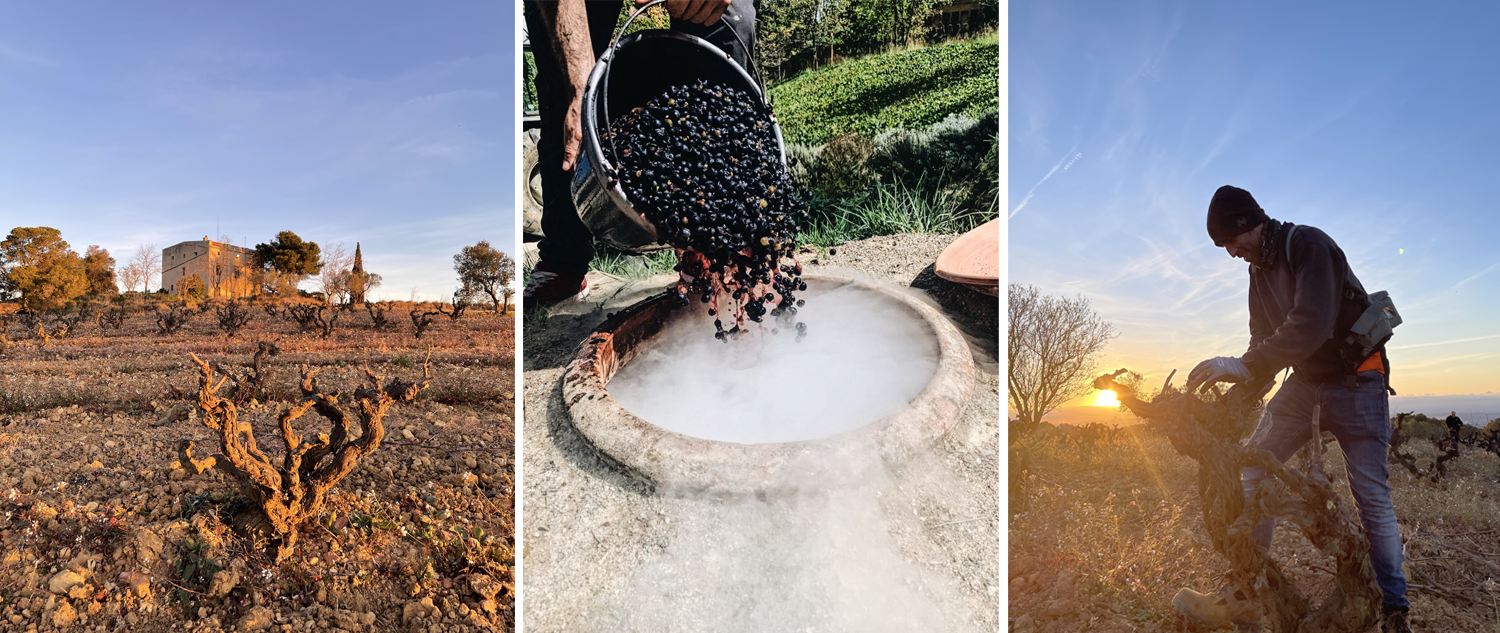
Has there been much of a history in the area for making wine in this way before? Is it just that they have been flown under the radar or is this a very new thing for producers to really focus in?
I think that in all regions with a history of winemaking, especially in Mediterranean Europe, people had been making natural wine until modern oenology practices came about. And so, I think that pre-50s, there was a lot of wine being made like this, especially on farms. Yes, the Romans bought the idea of sulphur as a protector, as an antiseptic, but I think that a lot of people weren’t really applying this.
One of my masters and inspirations, Pierre Overnoy [in the Jura], said that he started making wines as he had been taught when studying Oenology in Dijon but soon realised he preferred the wines his father made. So, he went back to that natural method and started to make wines that felt right to him. It shows how much history there is for natural winemaking.
There seem to be plenty of grape varieties with potential in Penedès, such as Malvasia Sitges for example. What is it specifically about Xarel.lo that you love so much?
I think every farmer, every vintner, has to find what works best in the region, so it's impossible to talk about a grape without a place. I don't like the idea of moving grapes around. The ocean, which once covered all of northern Penedès 50 million years ago, created small valleys and creeks of fossilised limestone, where we’ve planted vineyards and made wines today. What I’ve learned about Xarel.lo in our territory is that there’s no other white grape that can better express that minerality and salinity of the soil.
There is also no other grape that expresses the potential of our territory, not so much in terms of minerality, but for a rustic, powerful, complex, earthy ageing capability, like Sumoll does for red wines.
This is what moves me at the moment and where I think we should focus our efforts: on Sumoll and Xarel.lo, which express the valleys and different villages. This is what I think can make the territory very interesting for anyone who loves wine.
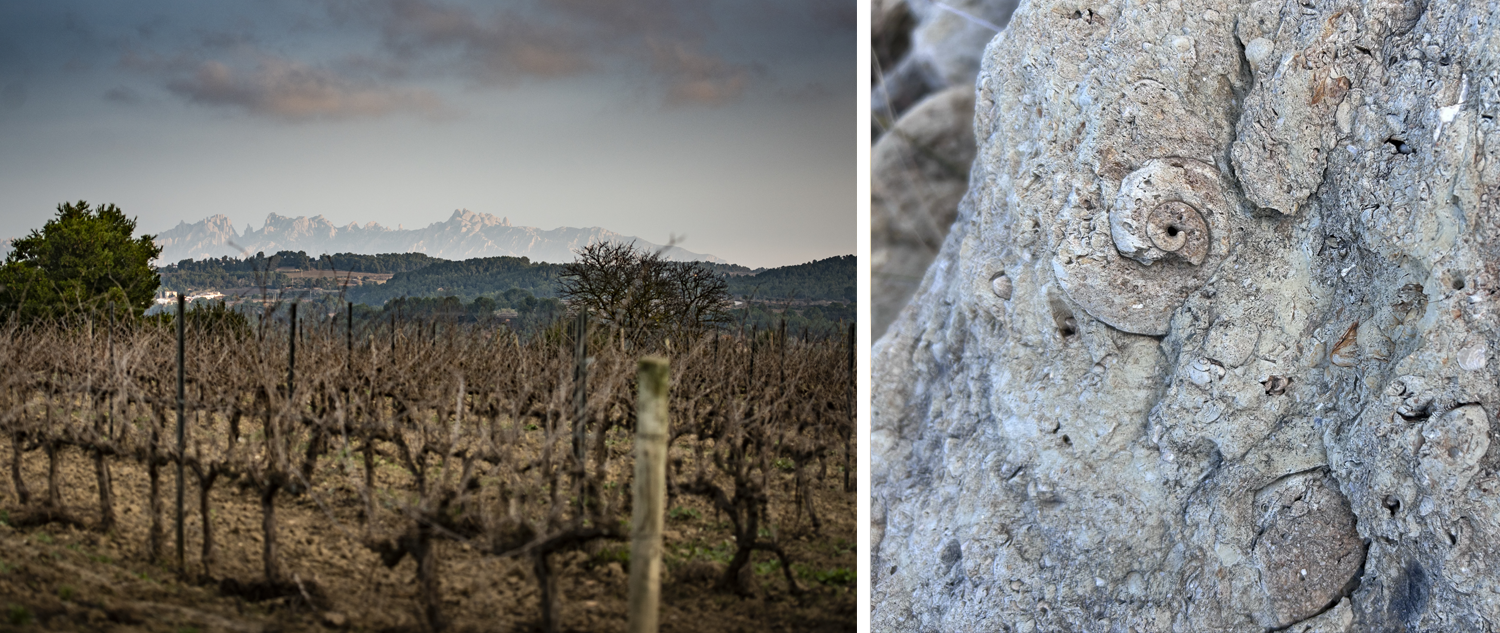
Do you just work with your family vineyards, or are you also working with growers?
The difficulties we faced in the mid-90s, which led us to sell about 30 acres of our family estate, turned out to be one of our biggest opportunities. It made me find farmers in the valley of the river Anoia to source our grapes for Raventós i Blanc, and this has been the greatest experience. It has helped me better understand the territory through the farmers, who know their climate, vines and soils better than anyone.
What we have really learnt is that it is our responsibility to pay a fair price, meaning that we really need to pay €1.50 per kilo of grapes instead of the 30 cents that the likes of Freixenet do. This has enabled us to work with better farmers in the region, have access to wonderful grapes and learn from them rather than work for greed.
I think working with farmers is a beautiful thing to do. I don't like the idea of estate fruit; I think it's egocentric and limited. I also don’t like the idea of having to control the farmers you work with. You don't have to control; you have to trust. You have to listen to them, and you really have to pay a fair price.
That's a really good point. A lot of people will talk about sustainability just in relation to the environment. But it extends to social sustainability too, and workers and growers’ factor into that heavily. It’s so important to respect them.
I think we live in a world that is full of bullshit. There are a lot of people who use their eco-claims to greenwash their image, and I don’t think this is responsible. It starts with not just how you treat nature but the environment as a whole, how you treat other people and how you react to other places, not just looking at what’s under your nose. I really think you need to leave what’s around you to really find an approach that can have a positive impact on the future.
Looking again at your projects generally, you and Francesc Escala have been friends since childhood. What made you decide to start working together? Was Can Sumoi the first project you both collaborated on?
No, it was much earlier than that. Francesc and I have known each other since we were 10 years old. When I joined my father and we were experiencing some very difficult times, I knew Franscec was a very, very smart person, with a strong work ethic and business experience. So, I asked him to help me develop our international distribution. I remember we were sitting in a cafe in Barcelona, and we drew a map of the world. In that conversation, we could really see that the potential of Raventós i Blanc wasn’t just in Cataluna but across the world. Francesc luckily accepted the challenge and we have now been working for almost 25 years together.
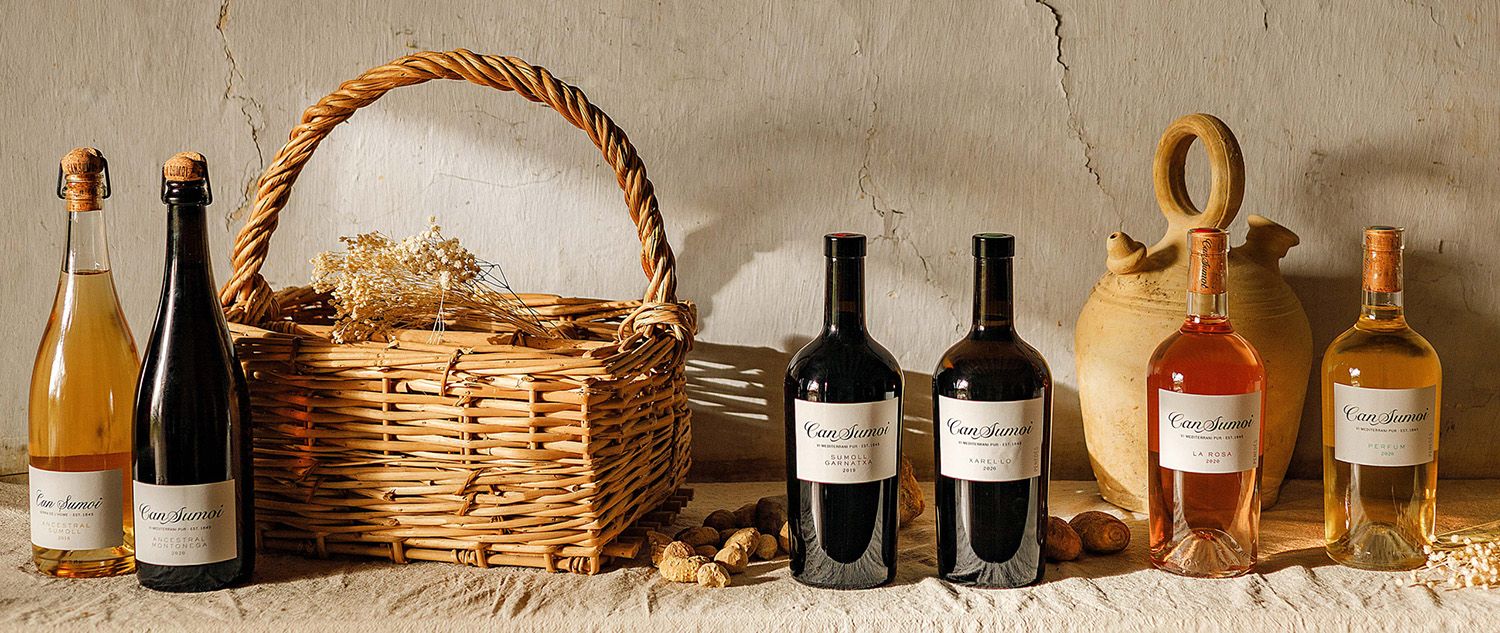
You make quite a lot of different wines, and I was curious if you have some you found particularly interesting, not necessarily your favourite, just something that's really fascinating.
For Raventós i Blanc, I think that by far the best wine is the Blanc des Blancs because it has this most amazing balance; it shows distinctiveness, it shows a link to a place, and it has a touch of salinity, while at the same time, there's amazing fruit weight. It's fresh but not too acidic; it’s dry but, at the same time, has a great mouthfeel. It’s the best value wine of all champagnes and sparkling wines in the world! I am in love with our Blanc des Blanc. It’s vintage-dated, with two years on its lees and the price is a price that a lot of people can enjoy. And this makes me really, really happy.
For Can Sumoi, the best wine is still to come. It's going to be 100% Sumoll and I think it is going to be rivalling some of the best terroir in the world. It will send a message about the potential of the territory. For now, though, maybe the blend of Xarel.lo and Sumoll rosé ‘La Rosa’. That grape blend makes the wine a real trailblazer of the area. It has great acidity and freshness, low alcohol and is easy to understand, but at the same time has a hint, a complexity, that all wine lovers can really enjoy too. It's a rosé, which is much more than just a wine to enjoy in the spring and summer.
And, of course, for Vins Pepe Raventós, it is the Xarel.lo. This is a wine that I encourage people to pay attention to, because it shows what is possible for this grape without sulphur or any fancy winemaking. It's simple: hand-picked, whole cluster pressed, introduced to amphora and foudre before being left to ferment by itself. It’s bottled at the end of the spring, when it starts to be a little bit warmer, and stays a few months in the bottle. Then it goes straight to the table, and it’s delicious, but it can also age for 10 years, which is something really important. The potential of Xarel.lo has been diluted by Cava and blending into sparkling wine, so it’s important to pay attention to what 100% Xarel.lo is capable of.
You've got three projects on the go now, but do you have any plans to start another one? Is there any local talent that you're quite keen to work with or are you happy for the time being?
I need to make less wines! I need to focus more on Xarel.lo and Sumoll and try to understand these grapes better and how they can express themselves, as well as to be closer to the farmers and spend much, much more time in Penedès. I am so happy I didn't go to make wines in some of the places that we were asked, like California. I think we need to stay focused. This is our responsibility and also our pleasure.
There are lots of people to learn from in Penedès, too …
Yes, absolutely, Penedès is diverse. I always say to people, if you want to make wine, come to Penedès; it is the land of opportunities.
On a final note, what is it about your wines and your region that means people should be drinking more from Penedès?
I think everyone should be drinking whatever they feel like and enjoy. I think the beauty of wine is that you can drink the whole world you want. What people need to be drinking is wine with soul, that is true to a place. Wine that is simple and joyful, you know? I think we need to uncomplicate the equation and move away from the snobby wine world. We need to get closer to the farming side of wine, to the human side of wine. Wine can give you a lot of pleasure, but at the same time, it can be a tool to change this crazy world that we have created.
And that's very much one of the reasons to drink Penedès wines, because they can encompass all of that as well.
Exactly!
For more information about purchasing any of Pepe Raventós’ wines, please contact your Account Manager. Not yet a customer? Contact Us to discuss opening an account.
